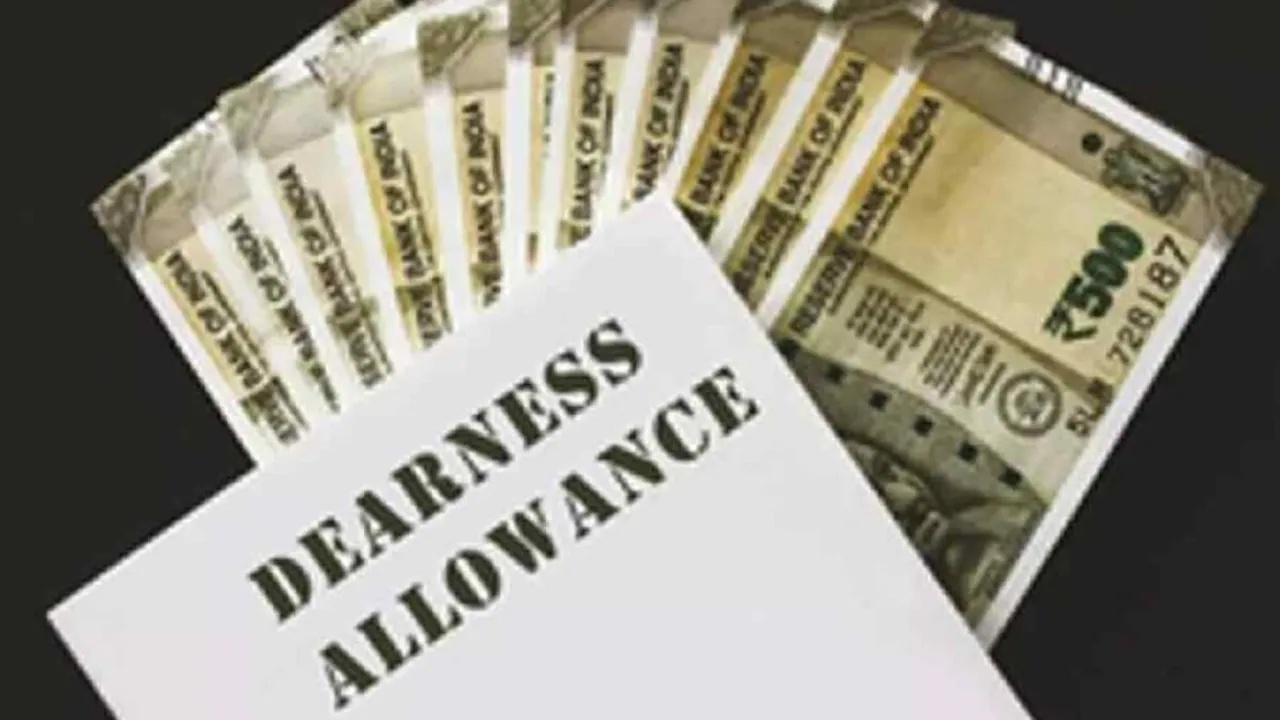
Significant Salary Adjustment for Central Government Staff
The Indian government has approved a 2% increase in Dearness Allowance (DA) for approximately 1.2 crore central government employees and pensioners, effective from January 1, 2025. This adjustment, which raises DA from 53% to 55%, aims to mitigate the impact of inflation on public sector salaries. The Economic Times reported that the hike will be retroactive, meaning employees will receive arrears for the months of January to March 2025, with April salaries reflecting the updated rate. The decision follows a previous DA revision in July 2024, which increased the allowance from 50% to 53%. This move underscores the government’s commitment to maintaining purchasing power amid rising living costs, though the 2% increase has drawn attention due to its lower-than-usual magnitude compared to past adjustments.
Financial Implications and Employee Benefits
The DA hike will provide an additional Rs 360 per month to employees with a basic salary of Rs 18,000, translating to an annual benefit of Rs 4,320. This adjustment is critical for government staff, as DA is designed to offset inflationary pressures that erode real income. Unlike basic salaries, which are reviewed every decade by the Pay Commission, DA is adjusted periodically to align with inflation rates. While the 2% increase is below the 3-4% adjustments seen since July 2018, it reflects a strategic shift in fiscal planning. Critics argue that the lower rate may not fully address the current cost-of-living crisis, particularly for lower-income employees whose salaries remain stagnant despite inflation.
Historical Context and Policy Shifts
The DA adjustment is part of a broader effort to balance fiscal responsibility with employee welfare. Typically, the government announces biennial DA hikes before festivals like Holi and Diwali, but this year’s announcement was delayed, raising concerns about transparency. The 2% increase marks the smallest DA adjustment in seven years, prompting debates about its adequacy. While the government cites economic constraints, advocates argue that the allowance should better reflect the current inflation rate, which has surged to over 6% in recent months. This decision highlights the tension between fiscal prudence and the need to sustain public sector morale during economic uncertainty.
Retroactive Adjustments and Salary Reconciliation
The retroactive application of the DA increase ensures that employees receive compensation for the months of January to March 2025, with April salaries incorporating the updated rate. This approach aims to rectify the delay in announcement, which had caused confusion among staff. However, the delayed implementation has raised questions about the government’s ability to manage payroll efficiently. The adjustment process will require meticulous coordination to ensure that pensioners and current employees receive their rightful arrears without administrative bottlenecks. This step is crucial for maintaining trust and ensuring that the financial benefits of the hike reach all affected individuals promptly.
Broader Implications for Public Sector Policy
The DA hike reflects the government’s ongoing efforts to navigate inflationary pressures while managing public finances. As the economy faces challenges such as rising commodity prices and wage stagnation, the 2% increase serves as a modest gesture to support government employees. However, the decision has sparked discussions about the need for more substantial revisions to basic salaries, which are tied to the Pay Commission’s long-term reviews. The move also highlights the importance of timely communication in public sector reforms, as delays in announcements can undermine employee confidence. Overall, the adjustment underscores the delicate balance between fiscal responsibility and the need to protect the livelihoods of public sector workers.



